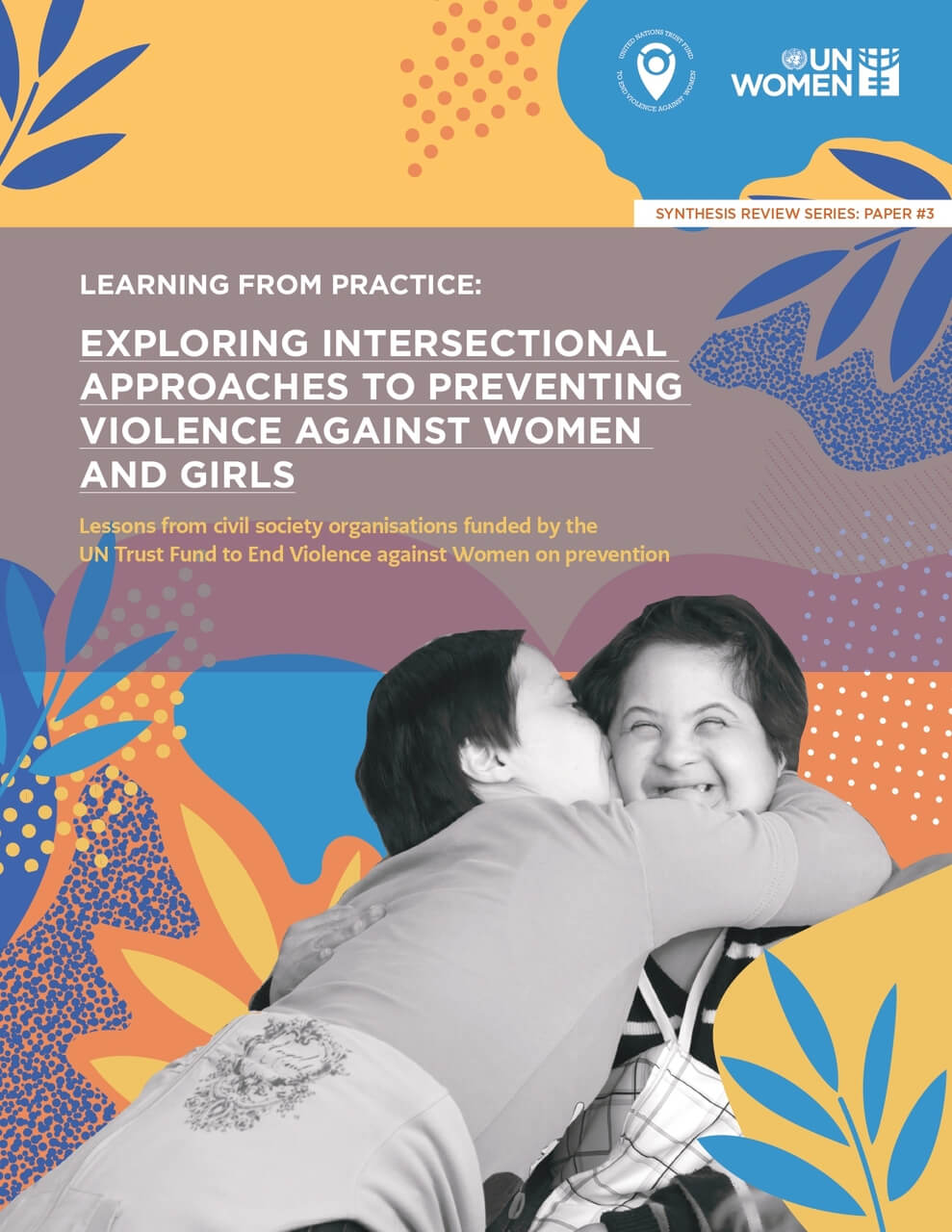
Learning from practice: Exploring intersectional approaches to prevent violence against women and girls

Exploring intersectional approaches when designing and implementing projects is critical to preventing violence against women and girls, and key to realizing the UN’s Sustainable Development Goal 2 “Leave no one behind”.
The COVID-19 pandemic has further highlighted how existing vulnerabilities can intersect with gender in complex ways, putting some women and girls at greater risk of violence than others. This requires intersectional approaches that critically examine how vulnerabilities overlap in the lives of women and girls, compounding their risk of certain forms of violence and creating barriers to accessing prevention services.
This synthesis review addresses a gap in the literature on how to apply intersectionality in practice in relation to programmes to prevent violence against women and girls. Drawing on the experiences of 10 civil society organizations operating in various countries and contexts, the review:
- showcases the unique contributions of different types and sizes of organizations, from small grassroots organizations to large international human rights and development organizations;
- looks at the various partnerships between these organizations;
- highlights diverse forms of intersectional approaches in different social contexts; and
- provides practical recommendations for those directly engaging with intersectional vulnerabilities in their interventions, for researchers and for donors.
This review is part of a Prevention Series.